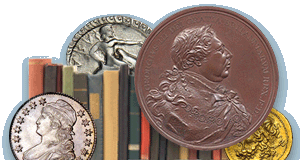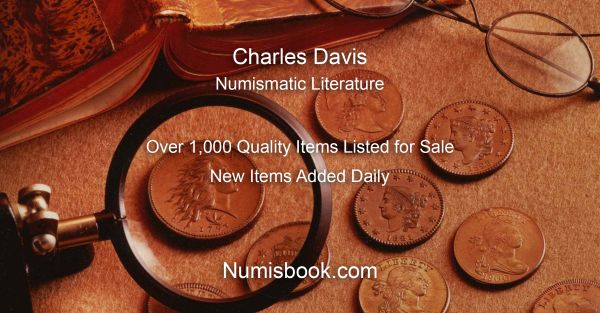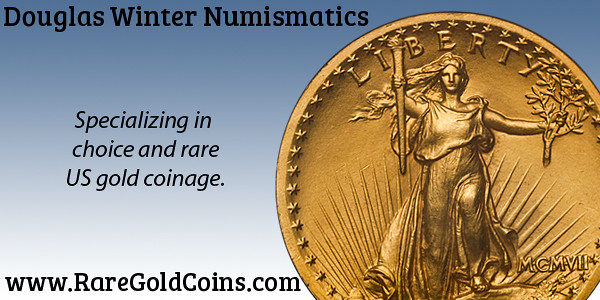
PREV ARTICLE
NEXT ARTICLE
FULL ISSUE
PREV FULL ISSUE
NEW BOOK: CENTS AND HALF CENTS OF MASSACHUSETTSMike Packard's book on the Massachusetts coppers has been published. Kolbe & Fanning Booksellers calls it "long-awaited" in the numismatic understatement of the century - collectors have been waiting since 1920 for a new book on the topic, and there's no one better to write it - Mike has been studying and collecting these for decades. Congratulations! Orders may be placed with either Kolbe & Fanning Numismatic Booksellers (https:www.numislit.com) or Charles Davis Numismatic Literature (https:www.numisbook.com). -Editor
2025. 310 pages, illustrated. The long-awaited standard reference to the Massachusetts copper coinage of 1787–1788, providing detailed historical background as well as a carefully written and well-illustrated attribution guide to the die varieties of the series. The first major study of these coins since Hillyer Ryder's "The Copper Coins of Massachusetts" was published in 1920. Here's the book's Introduction. -Editor
Introduction to the History of Massachusetts Coppers
Massachusetts coppers—cents and half cents—are the least appreciated of the coins authorized and struck by four states during the Confederation period. This is surprising because the Massachusetts coppers were the best-produced of the state coins. Their weights were the most consistent, their planchets were the best quality, they had the fewest striking errors, and their mintage of less than half a million pieces was probably the lowest of the state coppers. In addition, they were the first coins to bear the words "CENT" and "HALF CENT." What's not to like? A common complaint about the series is that the varieties look too much alike and are too hard to differentiate from each other. However, one doesn't have to be a variety collector to enjoy holding an example of the first cent or half cent ever produced. These are historic coins. If one wants to collect a variety set, one must be patient. Almost a quarter of the varieties are known by fewer than two dozen examples. Hopefully, this book will resolve the variety identification problem and bring a few more examples of the scarcer varieties to light. Although many people who buy this book will do so for the attribution guide, the history of the Massachusetts Copper Mint and how it came to be is interesting in its own right. Commerce in most, if not all states during that period suffered for lack of an adequate amount of specie. From the beginning of the revolution, there were calls for the new federal government to open a mint and strike coins for circulation. Always there were delays. Finally in mid-1785, Vermont, an independent republic and not yet a state, began coining its own money. Three other states subsequently followed suit. Massachusetts was the last state to pass an act to establish a mint. It did so in October 1786, unaware that Congress had passed a similar act to establish a federal mint just the day before. No mint-related work was conducted in Massachusetts until after Congress decided in April 1787 to contract for coinage instead of opening a national mint. Work on the new mint began, but even then, it was slow. The first Massachusetts cents and half cents were not struck until September 1787. Many of those first coins were not retained and used within the Commonwealth. They were placed aboard two ships that set sail on an historic voyage of adventure. Minting was slow, output was low, and the staff was let go. The legislature intended to replace the mintmaster and his crew with someone they hoped would do a better job. However, the new Constitution gave the federal government the sole right to coin money and expressly forbade the states from doing so. The Massachusetts Mint closed in January 1789. Seven weeks later, the Constitution took effect when the first Congress was seated. The mintmaster got his revenge, though. His final accounting indicated he was owed a large sum, more than all the money coined under his watch. And he was paid!
For more information, or to order, see:
Wayne Homren, Editor The Numismatic Bibliomania Society is a non-profit organization promoting numismatic literature. See our web site at coinbooks.org. To submit items for publication in The E-Sylum, write to the Editor at this address: whomren@gmail.com To subscribe go to: Subscribe All Rights Reserved. NBS Home Page Contact the NBS webmaster 
|




